Shawn Levy specialises in chronicling 20th-century hotspots such as London in the Sixties and Sinatra’s Vegas. Here, he turns his attention to the regeneration of post-war Rome.
How did the Eternal City erase the memory of its defeat? The answer is as layered as a Cassata cake. The sponge is the commitment that saw new film-makers bringing the struggling proletariat to the screen; the cannoli cream is the cultural flowering that emerged; the rum syrup the intoxicating beauty of frankly erotic leading ladies; and the whipped froth on top the frenzy of the new media stars, the paparazzi. The whole makes for a palatable and stimulating engagement with an era that still functions as a powerful marketing tool for Italian exports.
There is, however, a story that clouds the scene. It starts in 1953 with a half-naked female corpse washed up on a beach outside Rome. The drowning was put down to misadventure, though why Wilma Montesi should have been missing her stockings and suspender belt was never satisfactorily explained. Levy chronicles the investigation, the rumours and the scandal but, like others before him, fails to draw meaningful conclusions.
Instead, he zooms in on Roberto Rossellini, Luchino Visconti and Vittorio De Sica taking to the streets because they could not find financial backers for their pictures. He relates the genesis of the neo-realist movement from the 1940s to the mid-1960s with all the passion and precision that went into its production. This is an exciting account of a revolution in art and society that saw newspapers bulging with reports of Italians making it big, deals being struck, alliances forged… and two-piece bathing suits for women. Every night there was a screening, and every night there was a competition to see who could flush out the gossip il più piccante. But the story of Wilma would not go away.
Cinecittà, the home of Italy’s film industry, was the third largest employer in Rome after the Church and the government. These were the years of Hollywood sul Tevere. Day after day they filed into the city, the actors, extras, troupes of dancers and make-up girls. Cinecittà welcomed them all —
the foreigners with hard currency, the fly-by-nights, the star-struck suburbanite wanting her moment in the sun.
A Messaggero reporter, Fabrizio Menghini, unearthed a conspiracy involving young women, drugs and government officials. He was backed up by an articulate girl about town, Anna Maria Moneta Caglio, a.k.a. ‘The Black Swan’, who swore that Wilma was inveigled into a circle of high-ranking men with unbridled appetites. This was the first media storm, Levy says, leading to a show-trial that dismissed all claims of wrongdoing. But it added sensation to the colour and dash of revitalised industries and the passegiata of household names along Via Veneto.
Levy’s snapshots of ruthless newshounds and voluble starlets show his flair for scene-setting. He takes us on a joyride through the photoshoots and exposés that gave birth to new, competitive media, and the ideas and freedom generated by democracy. Fashion shows and A-listers joined the pageant.
All roads led to Fellini’s masterpiece of decadence, La Dolce Vita. Levy laps up the image that encapsulated an era: the blonde goddess Anita Ekberg lifting her skirts in the ancient well-spring of the Trevi. But ultimately the circus left town. Fellini was quick to record that the appetite for spectacle, once riveting, had become demoralising. Another notion — missed by contemporary critics and Levy himself — is that of Ekberg and Wilma as two sides of a coin: one embodies the fantasy of fame, the other was brought low by her dreams. They were both, fleetingly, headliners for the press. But who has the last word?
In Barry Forshaw’s history of Italy’s cinematic traditions, he sees sex and individualism as key motivating factors. He explores the spaghetti sesterns and gialli (thrillers) and the video nasties, or horror flicks, pioneered by Dario Argento. (Sexualised female corpses feature heavily and controversially.) Levy, decoding high fashion and daring satire, enraptured by the glories of Bella Italia, crowns Sofia Loren the classic female sex symbol of her time. But both these authors’ accounts misconceive the profound love of humankind, the caritas, that fuelled the filmic largesse they extol.
In his autobiography, Fellini recalls a nightly encounter with the beloved Italian actress Anna Magnani. She first achieved international acclaim in Rossellini’s 1945 Rome, Open City when her anguished, mobile face lit up the screen. By the time Stromboli was made (1950) she had been supplanted in Rossellini’s affections (and films) by Ingrid Bergman. Fellini describes her laden with bags as she circled the Pantheon. She was feeding stray cats. Fellini’s anecdote touches on the compassion that irradiates the portraits of saints to whom the Romans pray. Fellini went on to immortalise his ennui with sex and bourgeois mores in 81/2 (1963).
But the Catholic-turned-Marxist auteur Pier Paolo Pasolini continued the neo-realist mission. He depicted the borgate — high-rise conurbations that housed the sub-proletariat. His stars are the people. In Mamma Roma (1962) his heroine is Magnani, the font of pietà, the she-wolf nursing her brood.
Got something to add? Join the discussion and comment below.
Get 10 issues for just $10
Subscribe to The Spectator Australia today for the next 10 magazine issues, plus full online access, for just $10.
You might disagree with half of it, but you’ll enjoy reading all of it. Try your first month for free, then just $2 a week for the remainder of your first year.

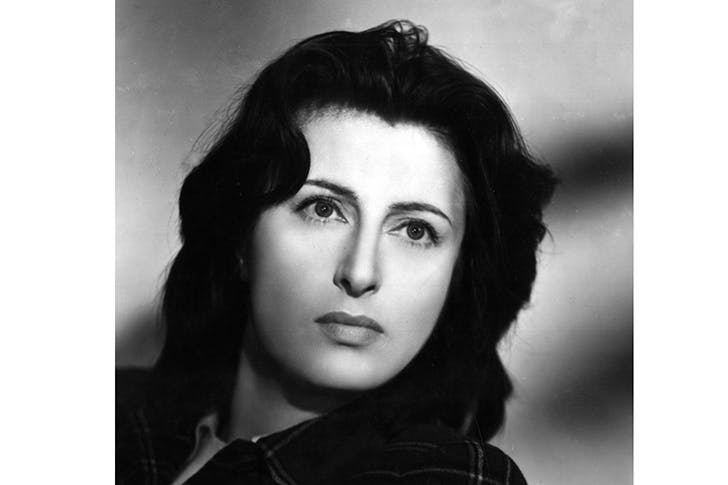
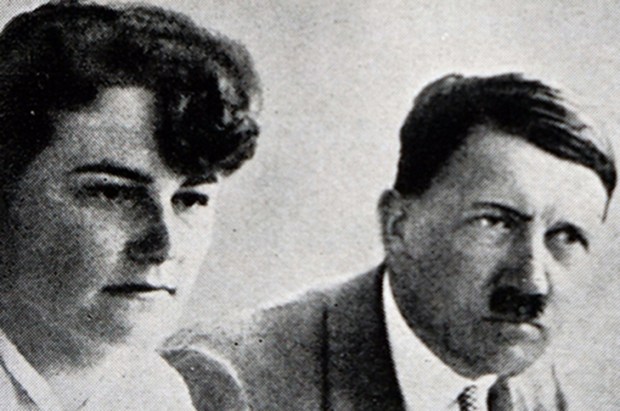
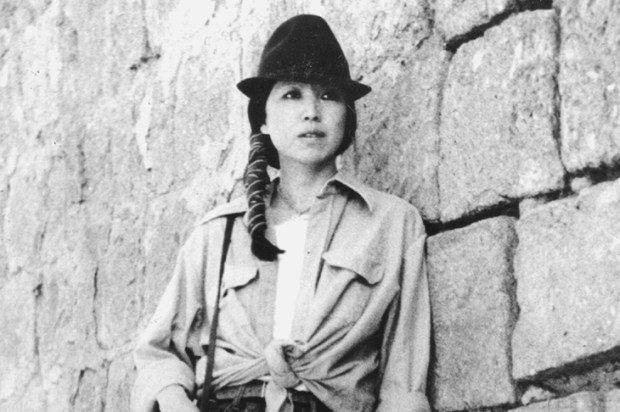


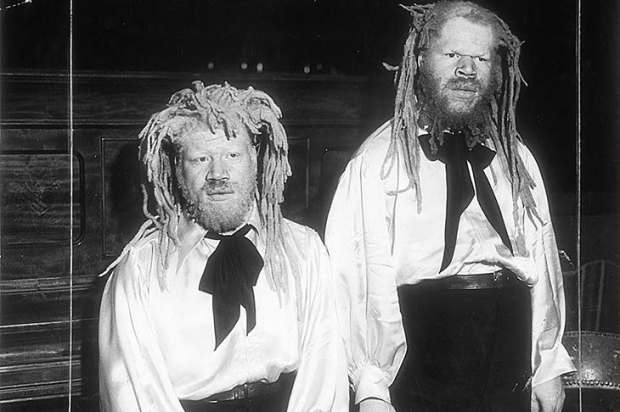
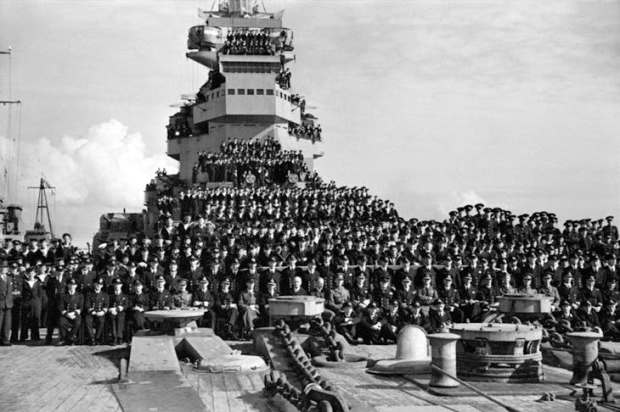






Comments
Don't miss out
Join the conversation with other Spectator Australia readers. Subscribe to leave a comment.
SUBSCRIBEAlready a subscriber? Log in